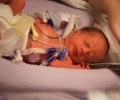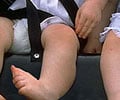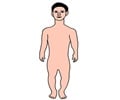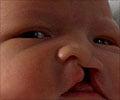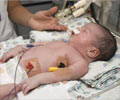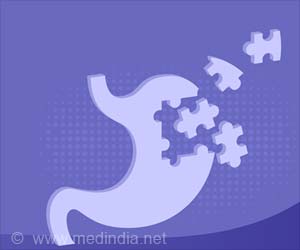Here's how thalidomide drug caused birth defects in thousands of children whose mothers took the medication during pregnancy. Scientists have successfully cracked the 60 year old mystery.
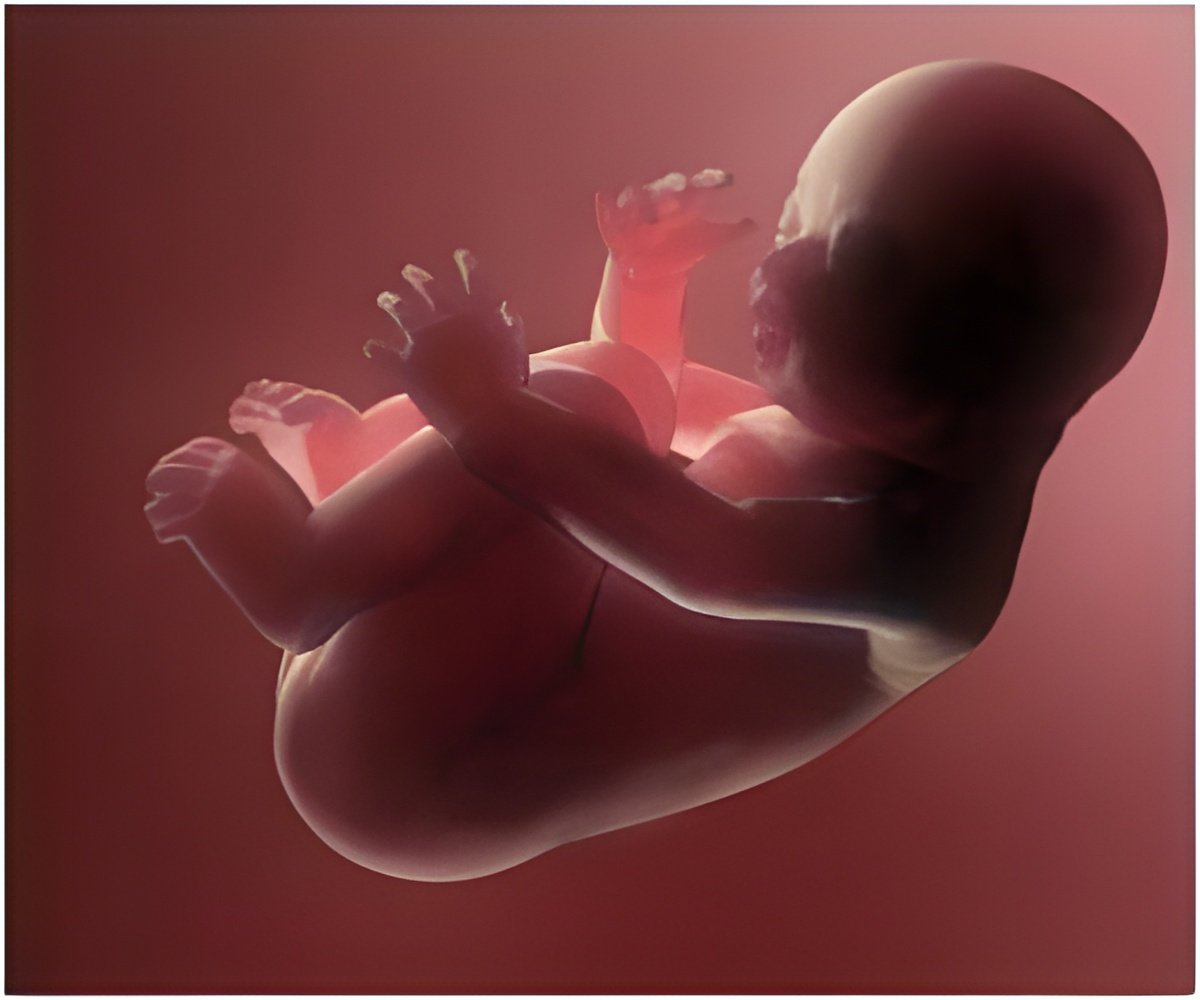
‘Thalidomide drug caused birth defects associated with the disruption of a key protein involved in fetal development. Scientists have successfully solved the 60-year-old mystery which can pave the way for the development of new drugs.’





The answer not only helps resolve an issue that has been the subject of scientific curiosity for two generations but will be critical as pharmaceutical companies develop a promising new generation of anticancer drugs that share a basic chemical architecture with thalidomide, the study authors say.Building on years of previous research, the researchers found that thalidomide acts by promoting the degradation of an unexpectedly wide range of transcription factors - cell proteins that help switch genes on or off - including one called SALL4. The result is the complete removal of SALL4 from cells.
The degradation of SALL4 interferes with limb development and other aspects of fetal growth. The result is the spectrum of complications indelibly linked to thalidomide: the deformed limbs and defective organs in children whose mothers took thalidomide during pregnancy as a treatment for morning sickness.
Support for these findings came from reports in medical literature. Individuals who carry a mutation in the gene for SALL4 are often born with missing thumbs, underdeveloped limbs, eye and ear defects, and congenital heart disease - problems which mirror those in children exposed to thalidomide in the womb.
"The similarities between the birth defects associated with thalidomide and those in people with a mutated SALL4 gene are striking," says the new study's senior author, Eric Fischer, Ph.D., of Dana-Farber. "They make the case even more strongly that disruption of SALL4 is at the root of the devastation produced by thalidomide in the 1950s."
Advertisement
In the 1980s, thalidomide gained a second life when it was found to be a powerful anti-angiogenic drug, inhibiting the growth of blood vessels in tumors. As such, it has come into wide use as a cancer drug, primarily in the treatment of multiple myeloma.
Source-Eurekalert

